Holidays at last! "Where are we going this year?" This is the question that thousands of tourists ask themselves before looking for a destination. Many aspects influence this search. Spain is a country where you can find in each city endless tourist attractions to visit. These are often closer to home than expected and can be enjoyed on a simple day trip.
Therefore, if you are looking for a town or city, it is important to look at what you can visit. Natural parks or cathedrals? Monuments or squares? City or rural areas? As have no idea how Covid can disrupt your plans this summer and in order to help you with your choice, the website Musement has released a new and interesting study.
The website dedicated to booking activities and experiences has analysed the number of Google reviews of more than 4,500 places of interest in Spain and thus produced a report of the 52 most important points in the country according to the province.
What are the most popular?
The colours of the map allow you to clearly identify which elements make up these points of interest. From cathedrals like the one in León to theme parks like Portaventura in Tarragona, each province has very different places that help to choose the perfect destination for each traveller.
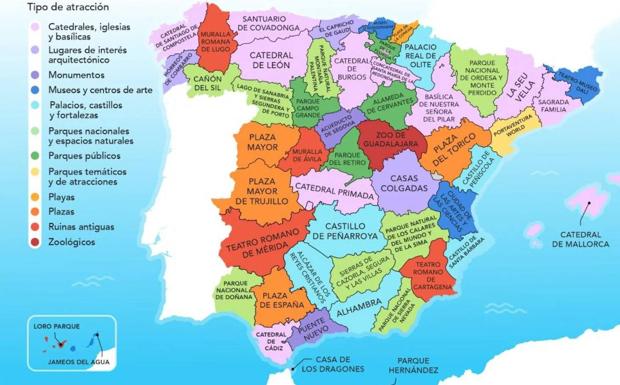
According to the study data, the most reviewed monument in the country is the Sagrada Familia in Barcelona, which has more than 155,000 evaluations. It is closely followed by the Retiro Park in Madrid with 130,000 reviews and in third place the Plaza de España in Seville with 98,227. After the Top 3, the other two distinctive elements that stand out are the Ciudad de Los Arts y Los Ciencias of València, and the Alhambra in Granada with 86,985 and 80,644 reviews respectively. After the selection of the most reviewed, these are the tourist attractions that stand out the most by province according to the number of reviews:
Andalucía
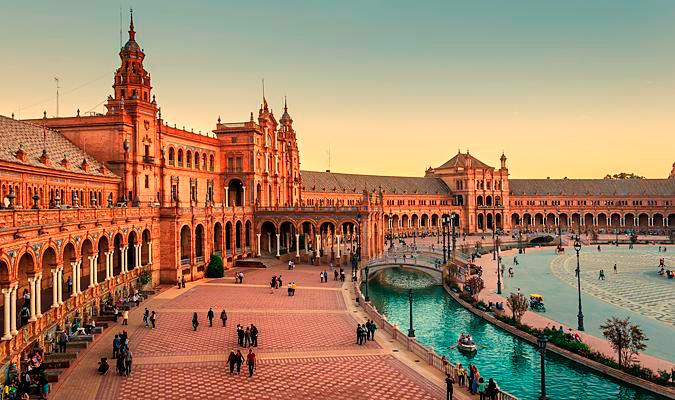
1º Plaza de España (Sevilla), 98.227 reviews.
2º La Alhambra (Granada), 80.644 reviews
3º Puente Nuevo de Ronda - Ronda Bridge (Málaga), 23.750 reviews
4º Alcázar de los Reyes Cristianos (Córdoba), 22.403 reviews
5º Cathedral of Cádiz (Cádiz), 16.574 reviews
6º National Park of Sierra Nevada (Almería), 14.721 reviews
7º National Park of Doñana (Huelva), 10.016 reviews
8º Nature Park of las Sierras de Cazorla, Segura y las Villas (Jaén), 9.580 reviews
Aragón
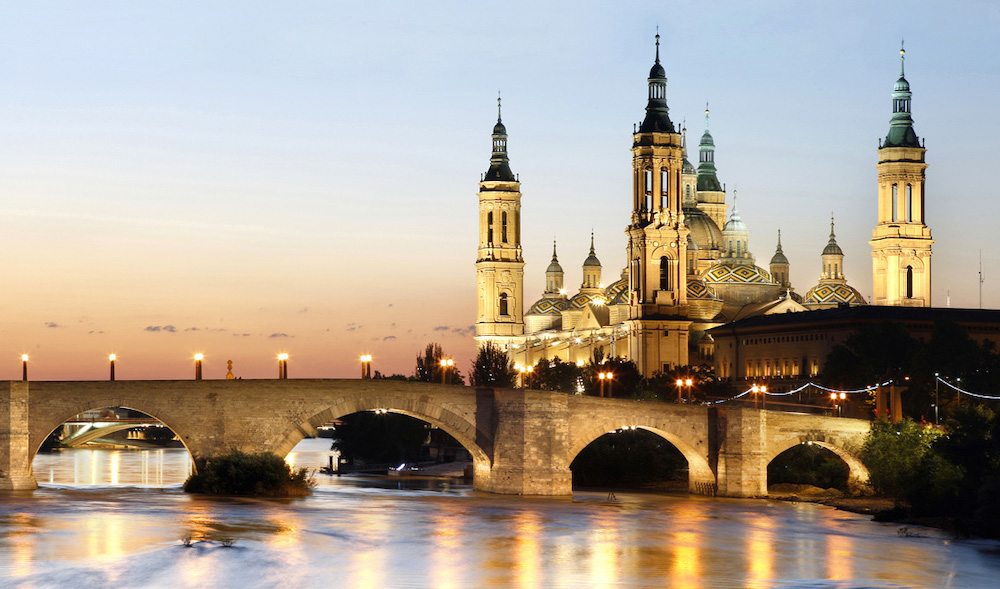
1º Basílica de Nuestra Señora del Pilar (Zaragoza), 27.630 reviews
2º Plaza del Torico (Teruel), 10.211 reviews
3º National Park of Ordesa and Monte Perdido (Huesca), 8.811 reviews
Asturias

1º Sanctuary of Covadonga, 19.318 reviews
Balearic Islands
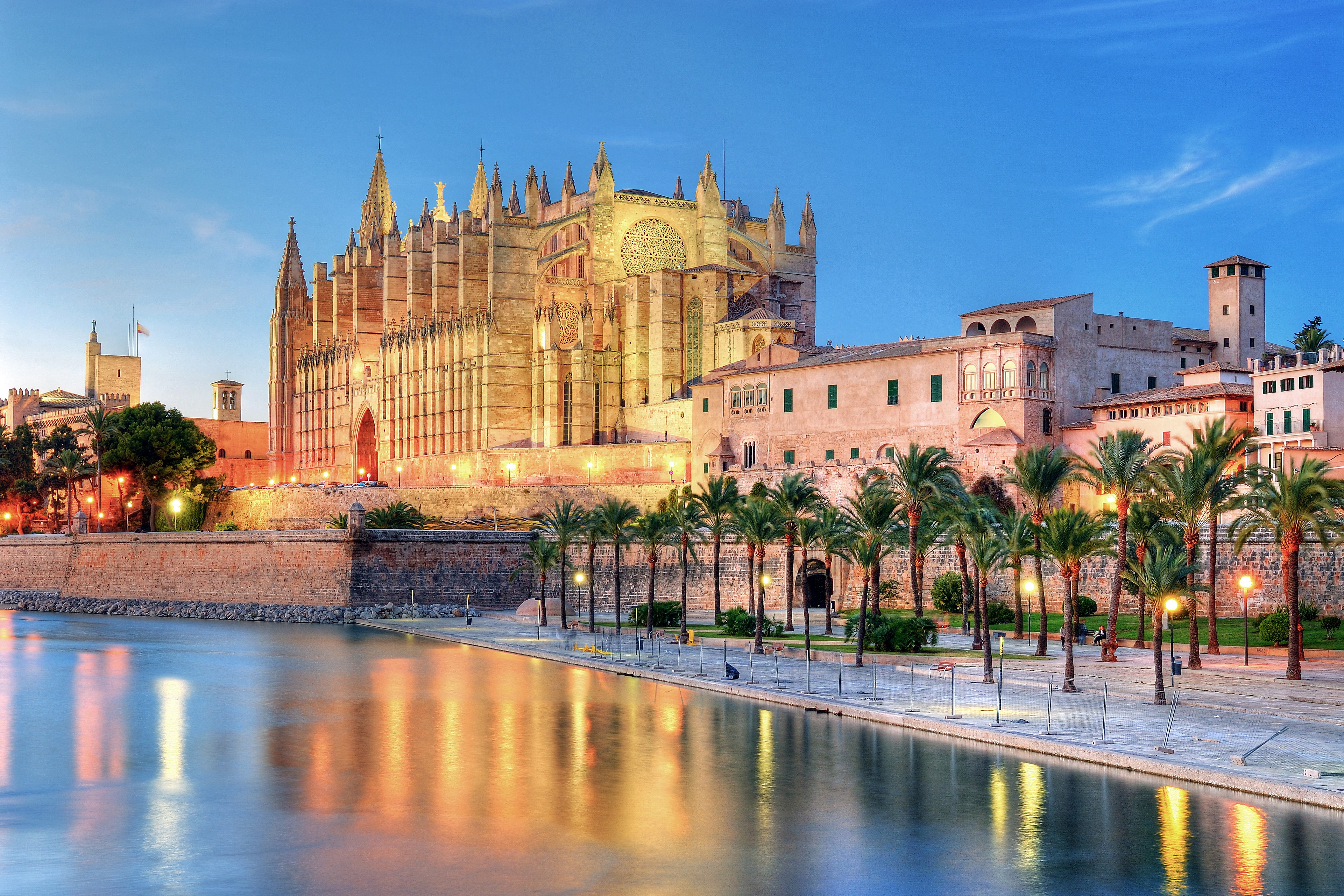
1º Cathedral of Palma de Mallorca, 33462 reviews
Canary Islands
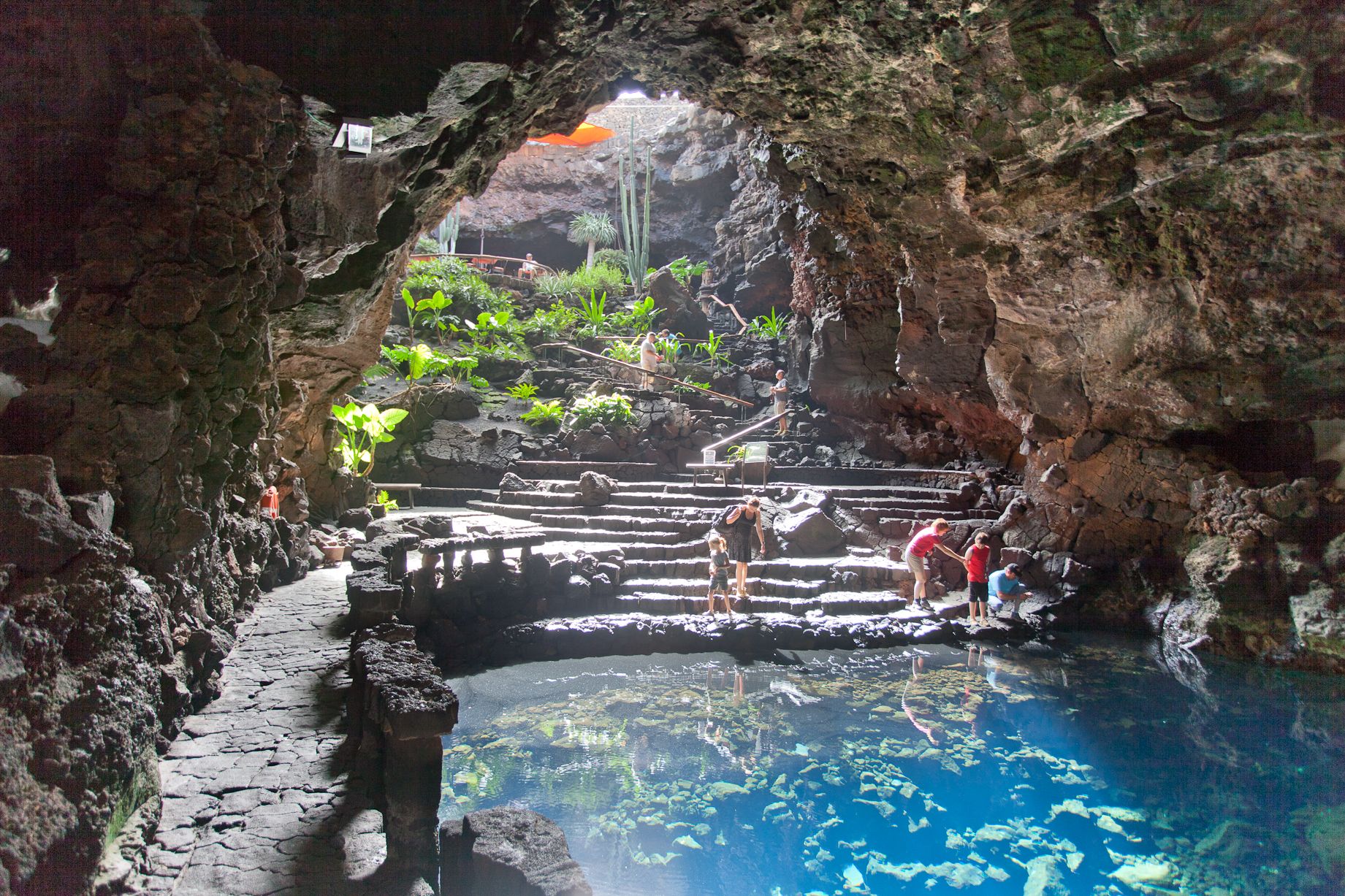
1º Parrot Park (Santa Cruz de Tenerife), 51.920 reviews
2º Jameos del Agua (Las Palmas), 22.617 reviews
Cantabria
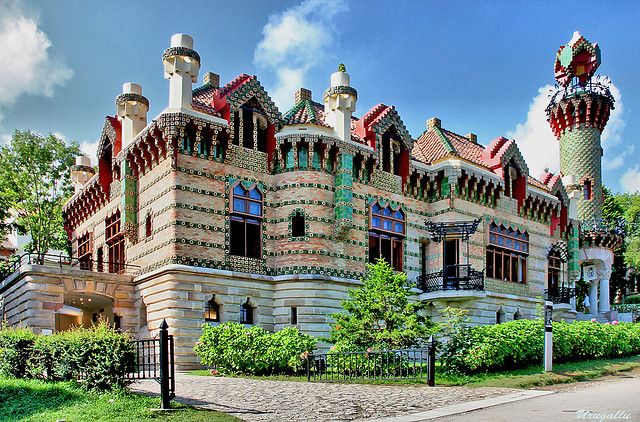
1º El Capricho de Gaudí, in Comillas, 18.725 reviews
Castilla & León
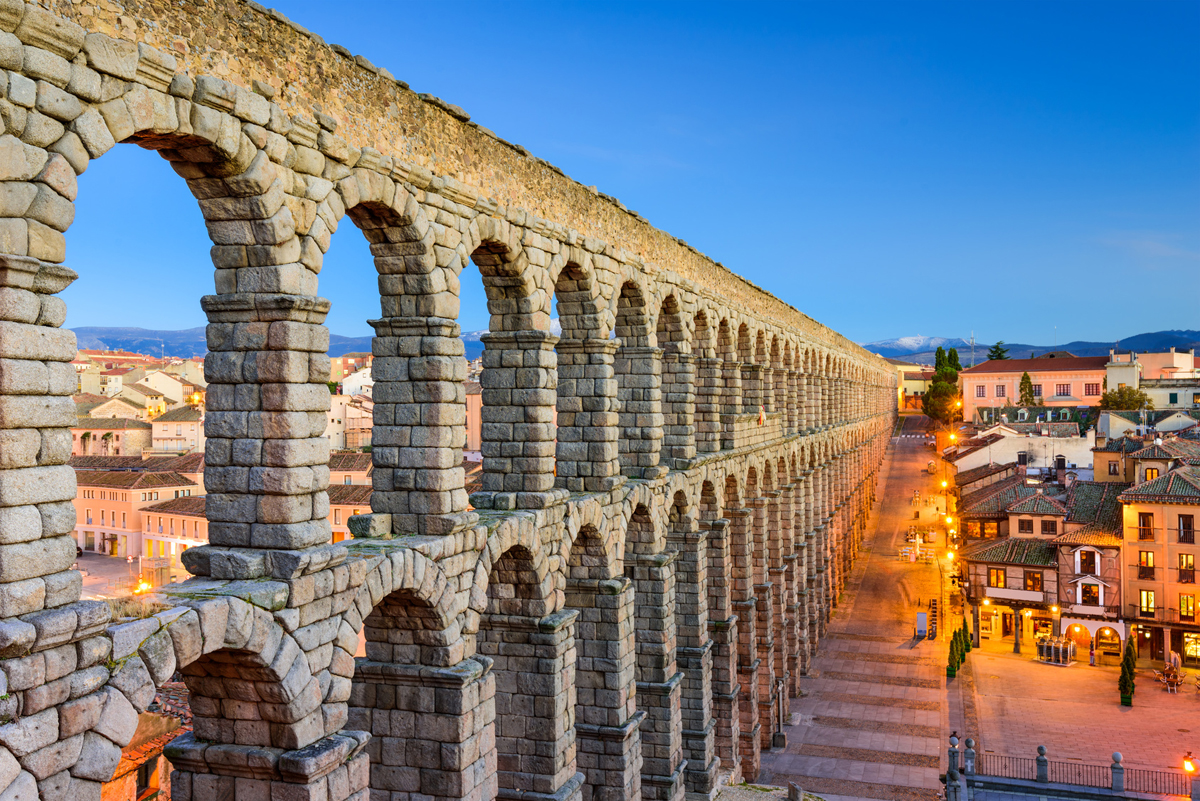
1º Aquaduct of Segovia (Segovia), 62.407 reviews
2º Plaza Mayor (Salamanca), 46.415 reviews
3º Cathedral of León (León), 22.762 reviews
4º Cathedral of Burgos (Burgos), 20.421 reviews
5º Park Campo Grande (Valladolid), 9.265 reviews
6º City wall of Ávila (Ávila), 7.498 reviews
7º Nature Park of "Lago de Sanabria" and "Sierras Segundera and Porto" (Zamora), 7.470 reviews
8º Alameda de Cervantes (Soria), también conocida como La Dehesa, 5.516 reviews
9º Natural Park Montaña Palentina (Palencia), 2.128 reviews
Castilla - La Mancha
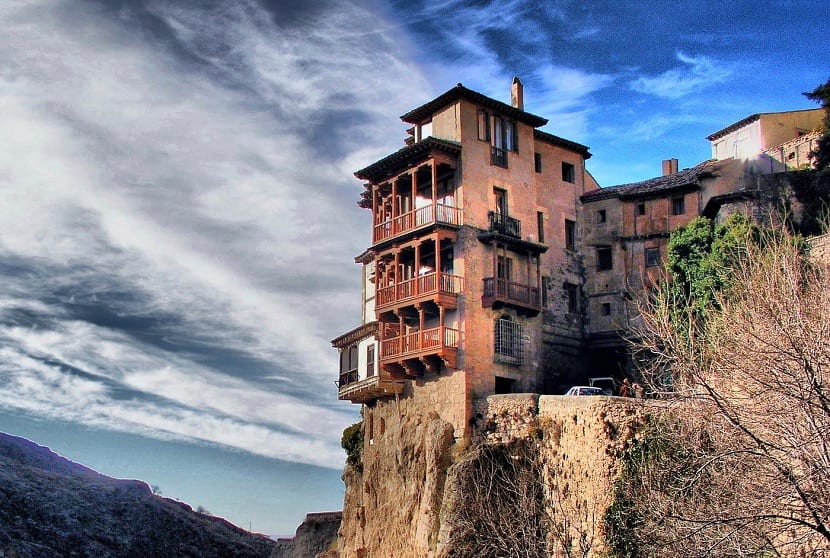
1º Cathedral Primada (Toledo), 19.890 reviews
2º Hanging Houses (Cuenca), 7.209 reviews
3º Nature Park Los Calares del Mundo y de la Sima (Albacete), 4.828 reviews
4º Castle of Peñarroya (Ciudad Real), 4.002 reviews
5º Zoo of Guadalajara (Guadalajara), 3.600 reviews
Catalunya
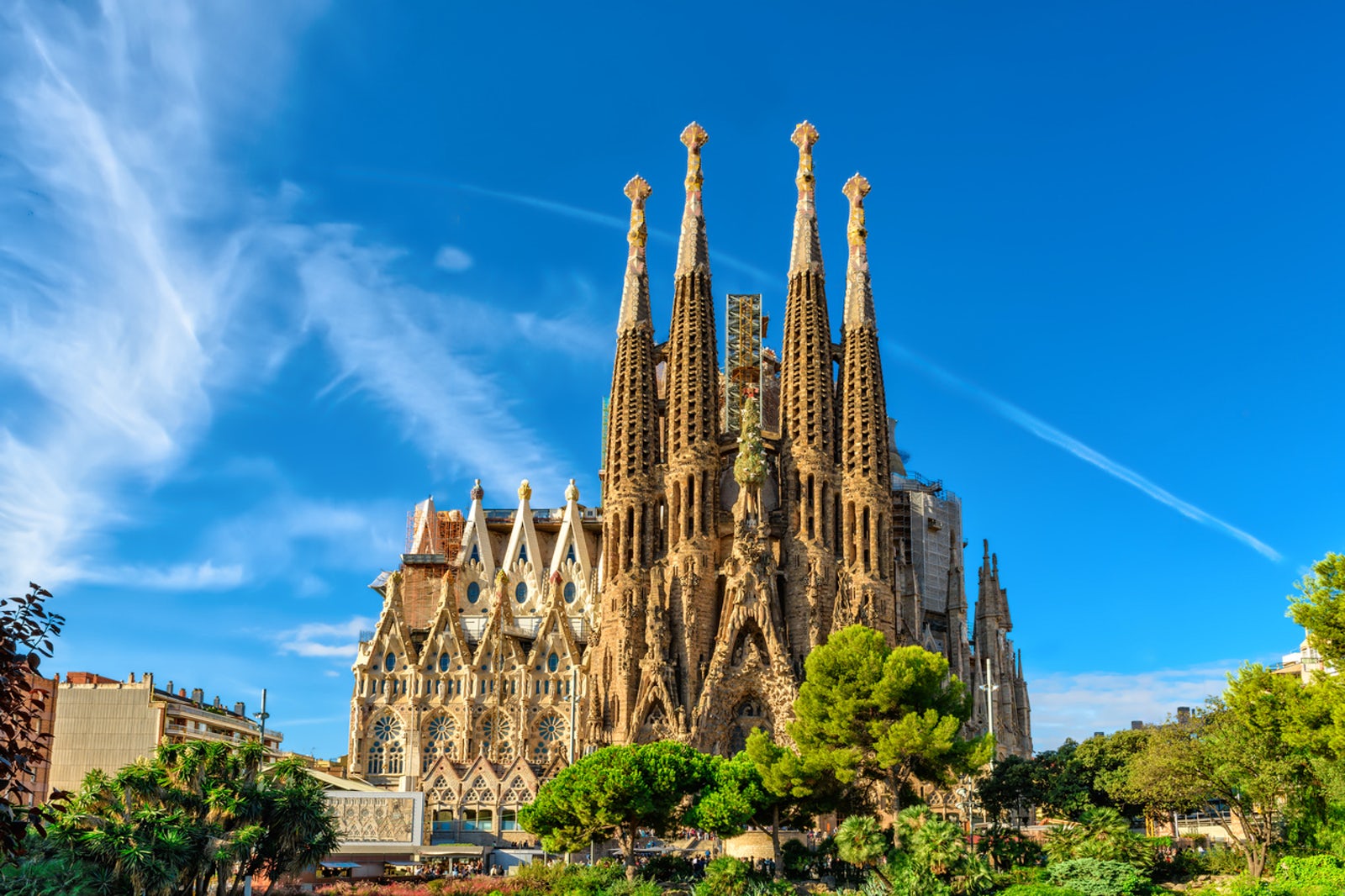
1º Sagrada Familia (Barcelona), 155.098 reviews
2º PortAventura World Theme Park (Tarragona), 69.841 reviews
3º Theatre- Museum Dalí (Gerona), 26.951 reviews
4º La Seu Vella (Lérida), 5.309 reviews
Madrid
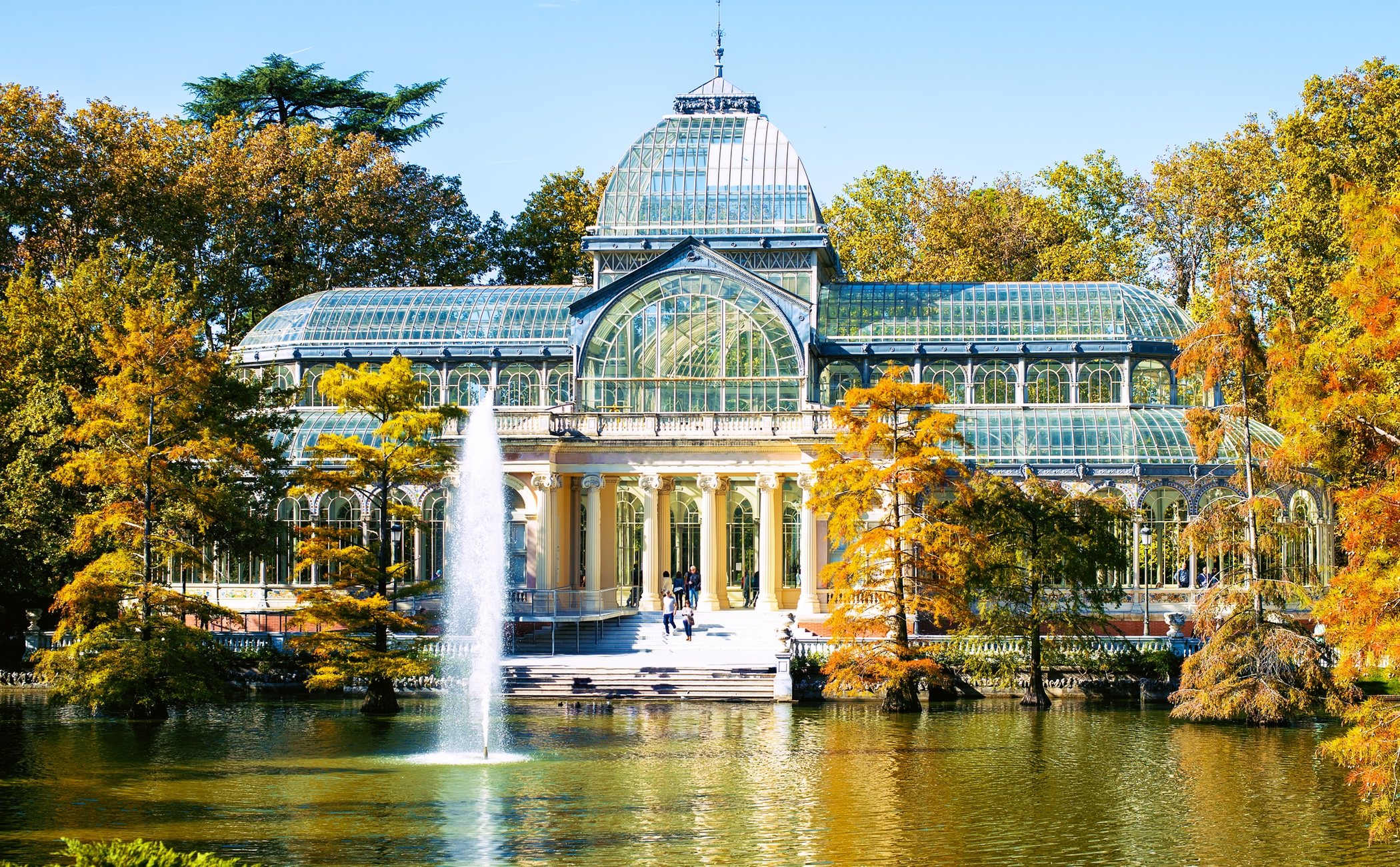
1º Parque del Retiro, 130.592 reviews
Valencian Community
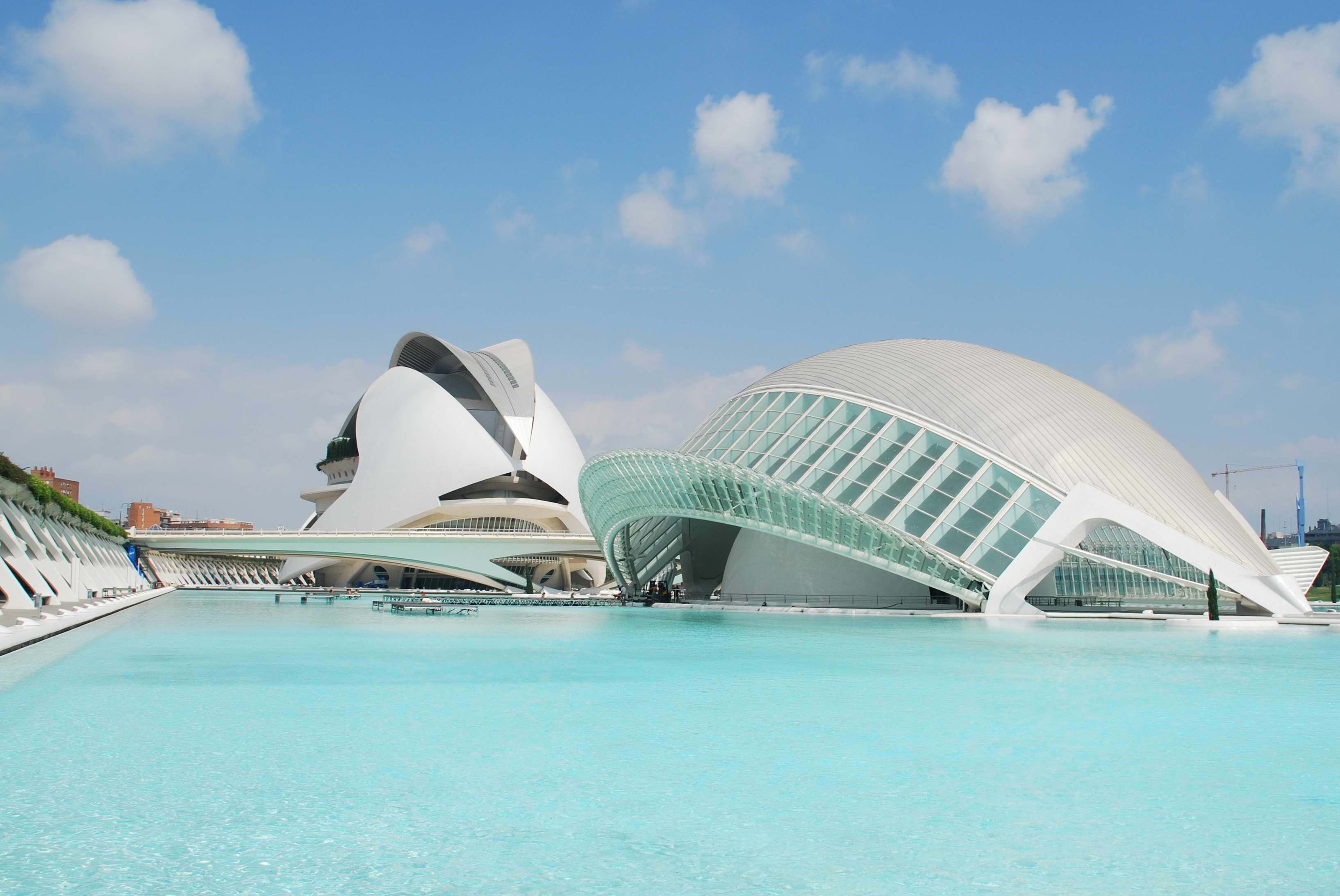
1º Ciudad de las Artes y las Ciencias (Valencia), 86.985 reviews
2º Castle of Peñíscola (Castellón), 38.850 reviews
3º Castle of Santa Bárbara (Alicante), 23.873 reviews
Extremadura
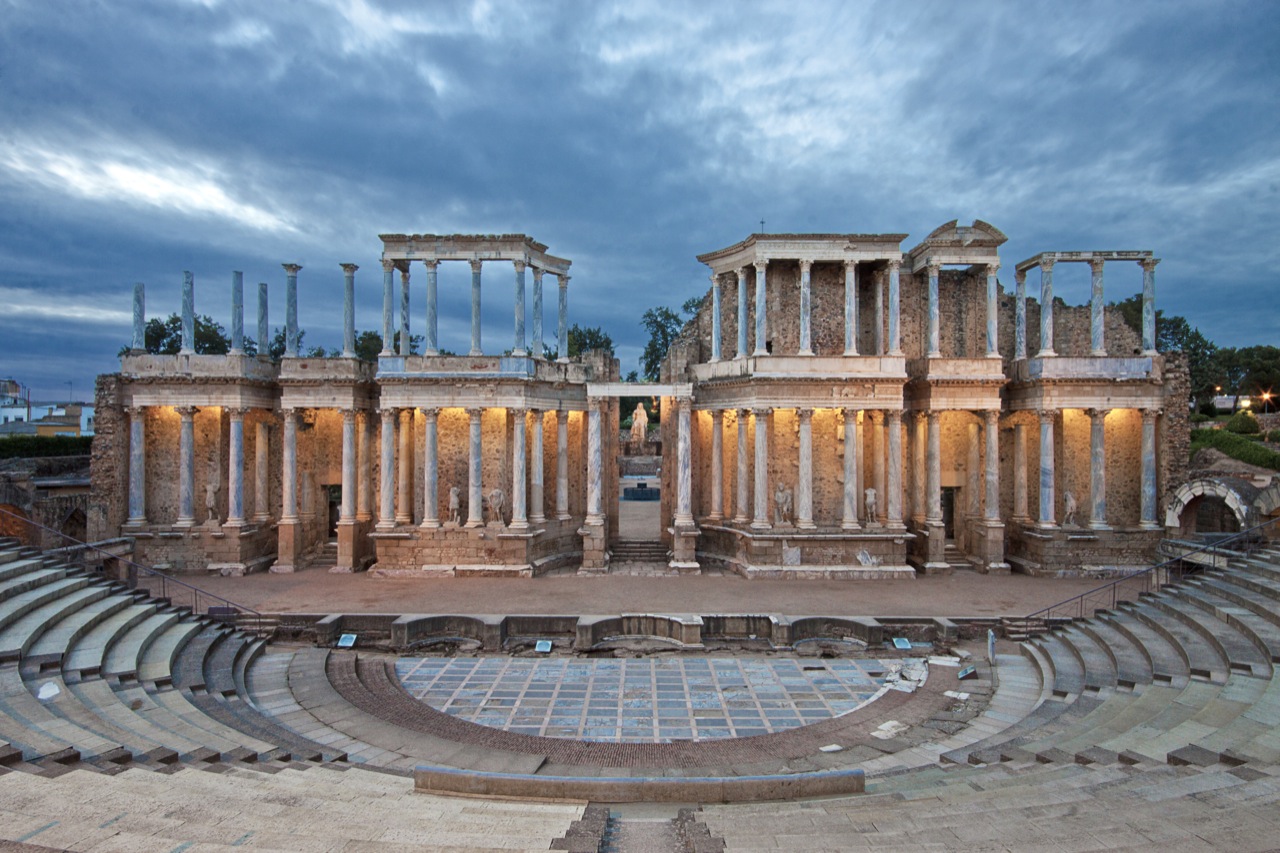
1º Roman Theatre of Mérida (Badajoz), 22.133 reviews
2º Plaza Mayor de Trujillo (Cáceres), 8.908 reviews
Galicia
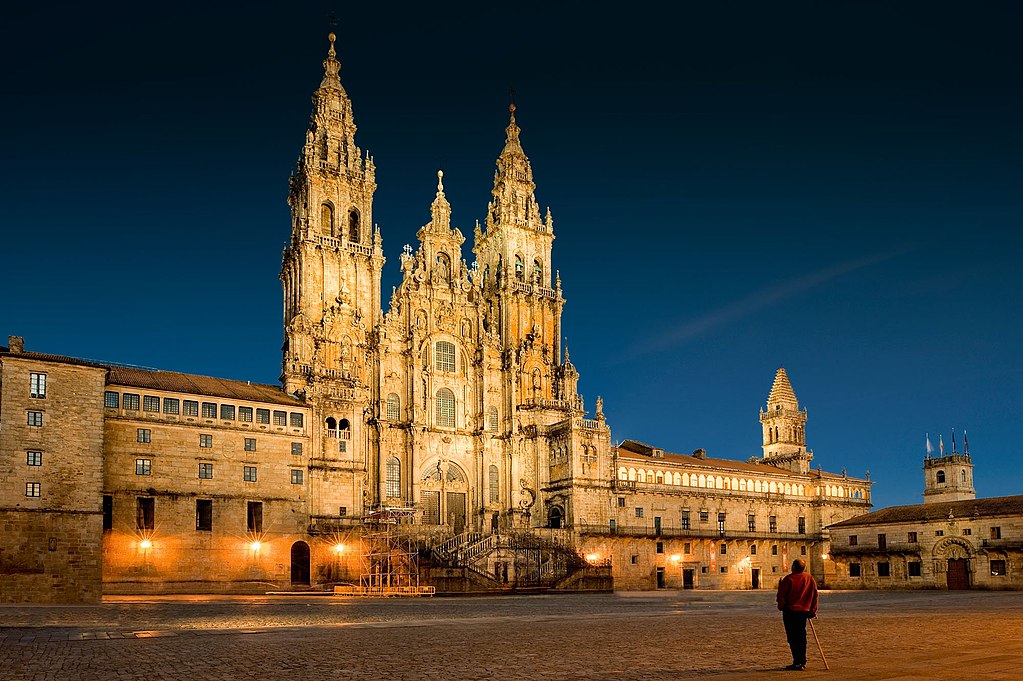
1º Cathedral of Santiago de Compostela (La Coruña), 42.573 reviews
2º Hórreos de Combarro (Pontevedra), 8.782 reviews
3º Roman City walls of Lugo (Lugo), 7.696 reviews
4º Cañón del Sil (Orense), 6.649 reviews
La Rioja
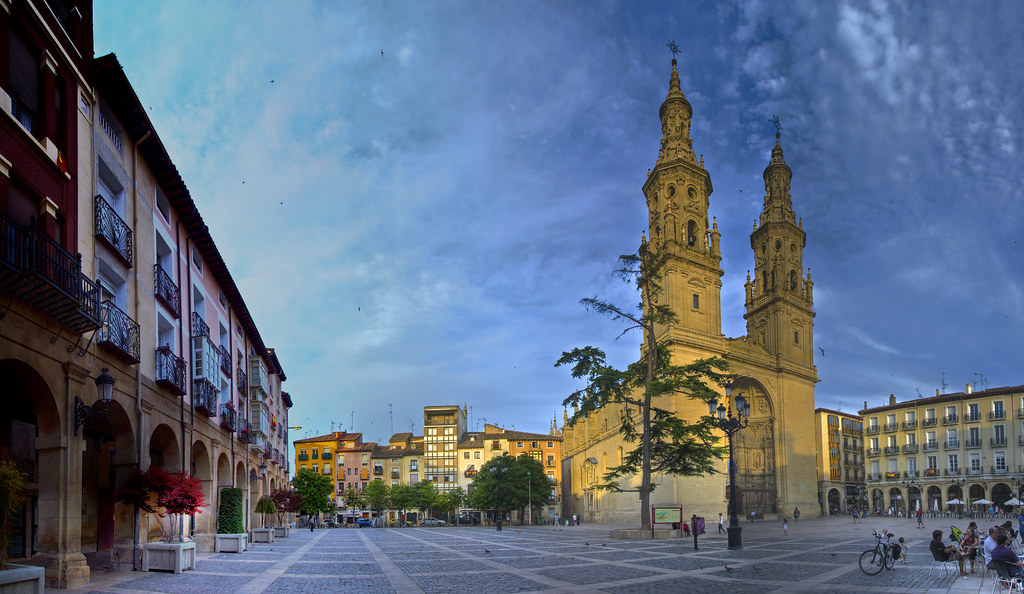
1º Cocathedral of Santa María de la Redonda, 4.164 reviews
Navarra
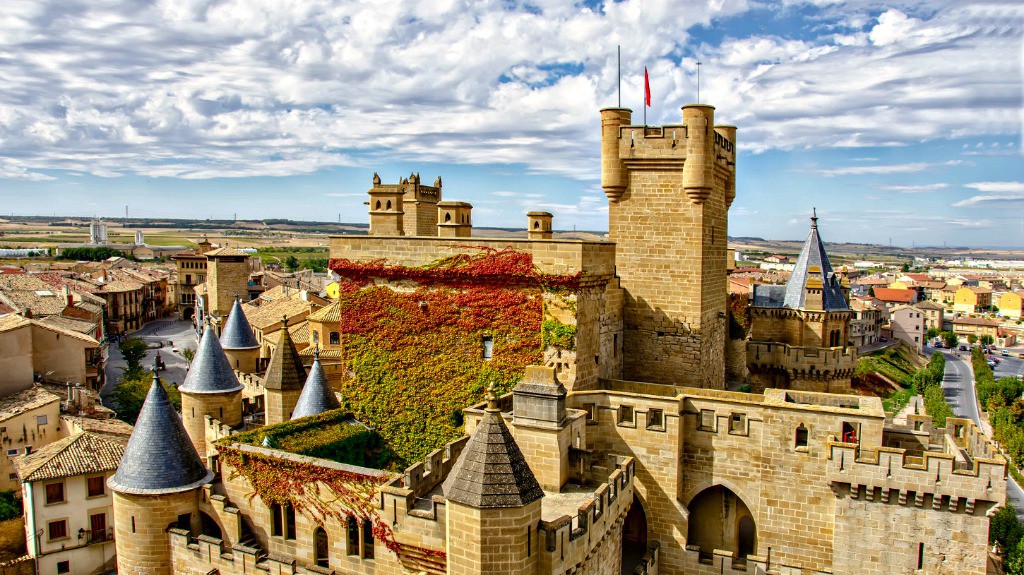
1º Royal Palace of Olite, 12.402 reviews
País Vasco

1º Museum Guggenheim (Vizcaya), 48.713 reviews
2º Beach of la Concha (Guipúzcoa), 19.870 reviews
3º La Florida Park (Álava), 4.914 review
Murcia
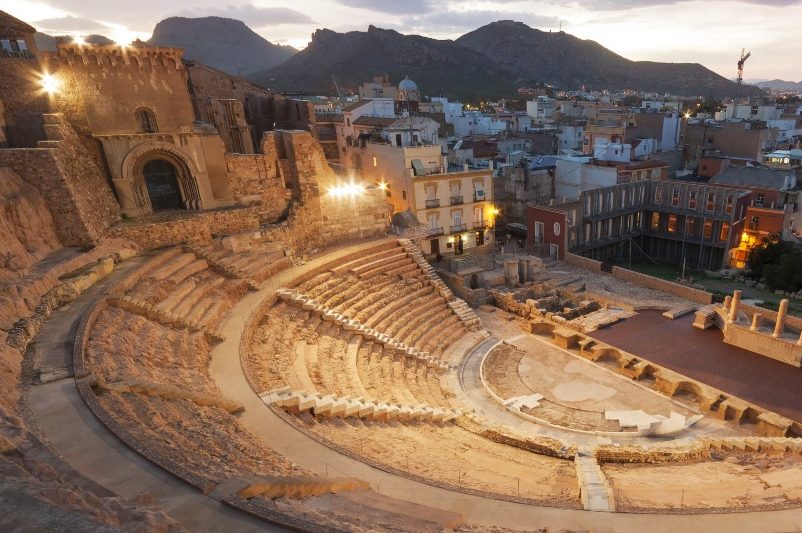
1º Roman theatre of Cartagena, 11.646 reviews.
Ceuta
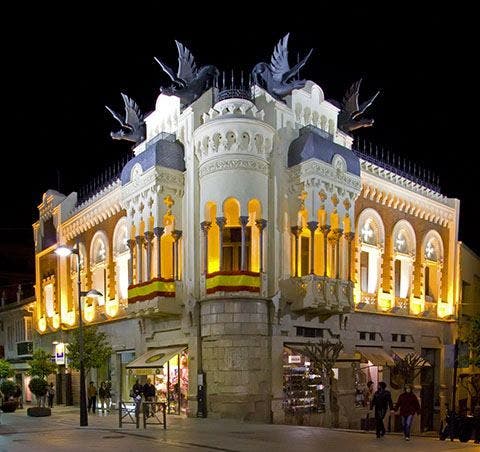
1º Casa de los Dragones, 1.320 reviews
Melilla
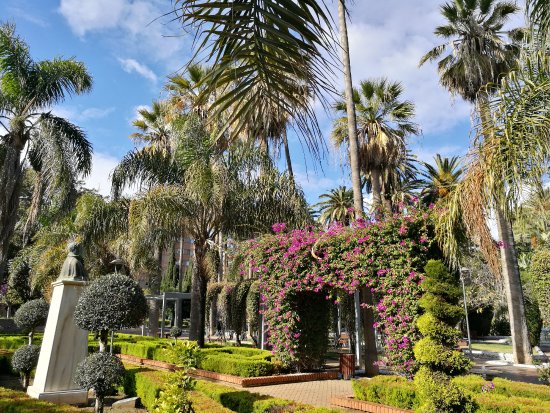
1º Hernández Park, 994 reviews